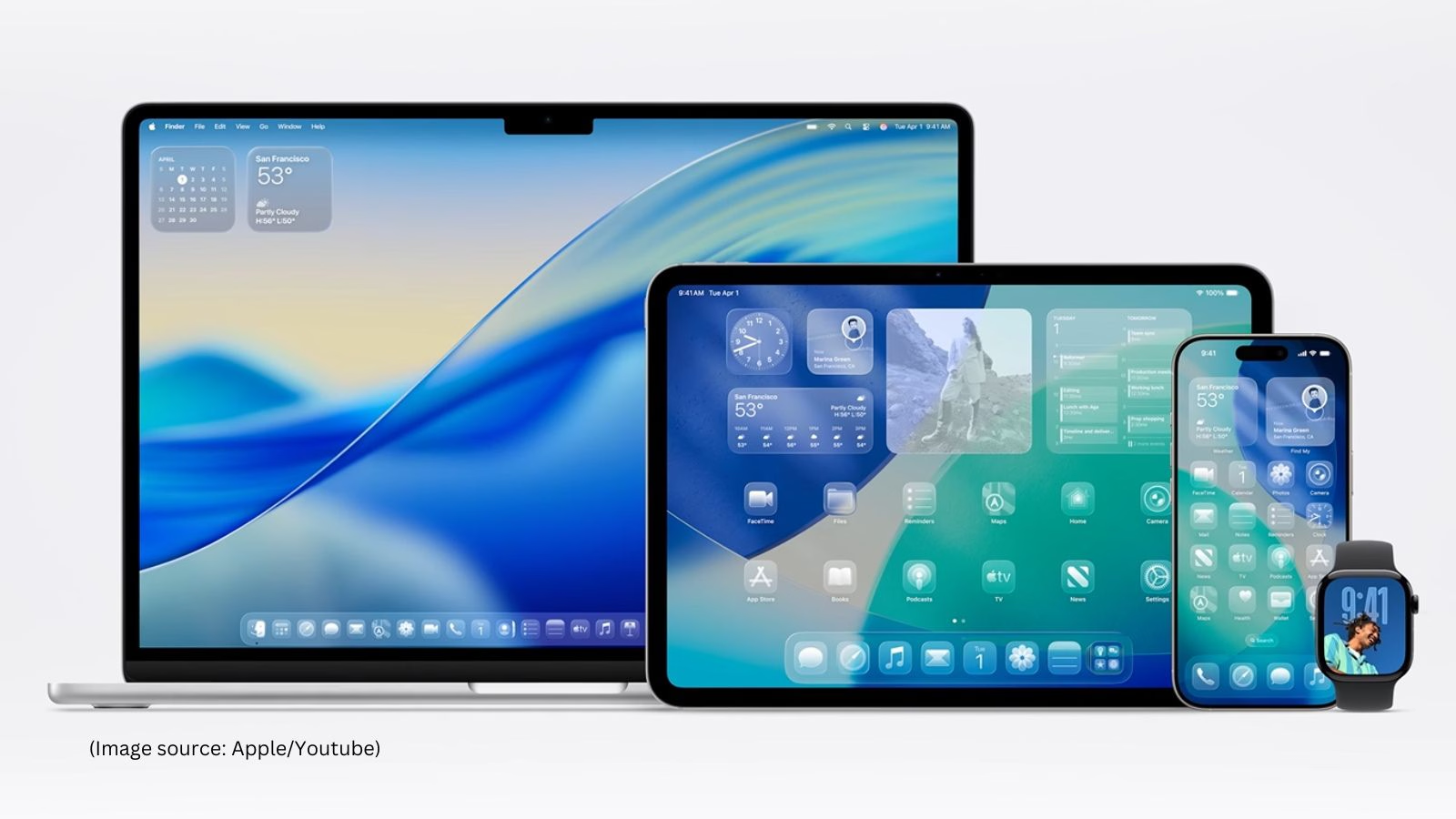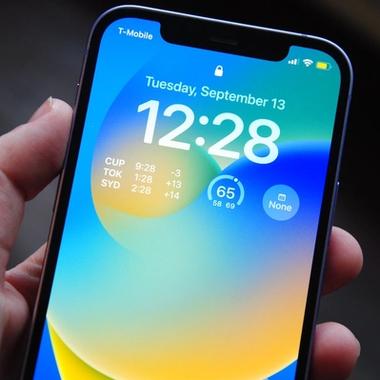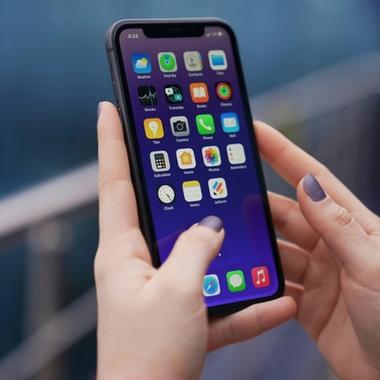Apple’s latest update, iOS 26, is on the horizon, bringing a fresh visual style, new features, and plenty of enhancements designed to shape the future of iPhone user experience. But for app owners and developers, the big question is: how will these changes affect your app’s performance, design, and user engagement?
We’ve taken a deep dive into iOS 26 to break down the key updates and what they really mean for your app’s future. Spoiler alert: it’s bold, ambitious, and full of potential, but there are some important trade-offs you’ll want to be ready for.







